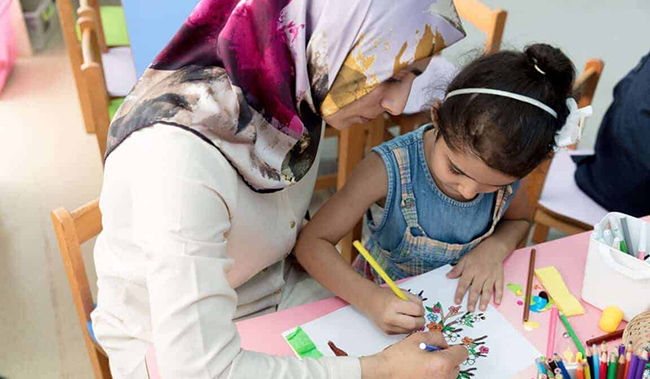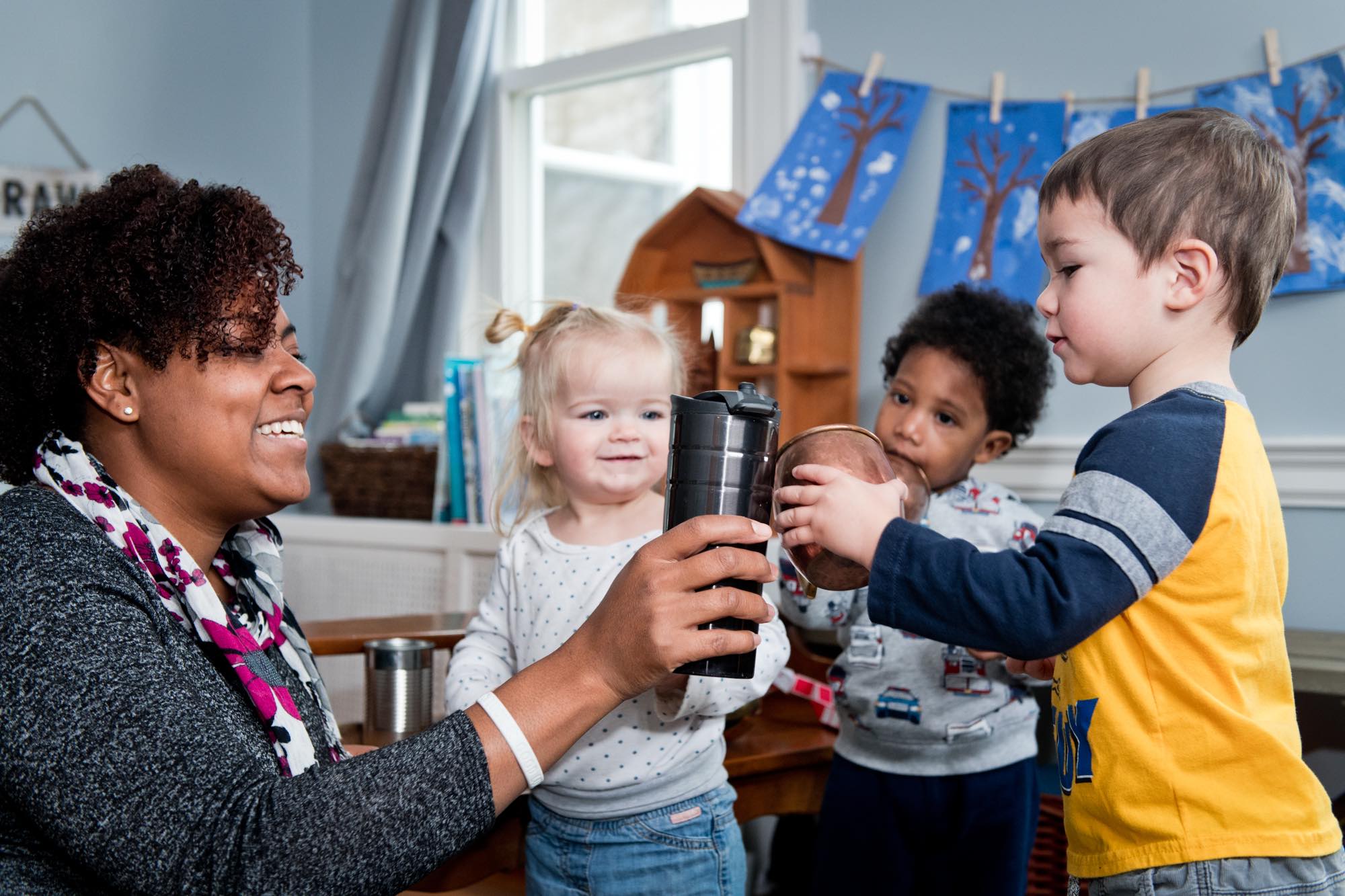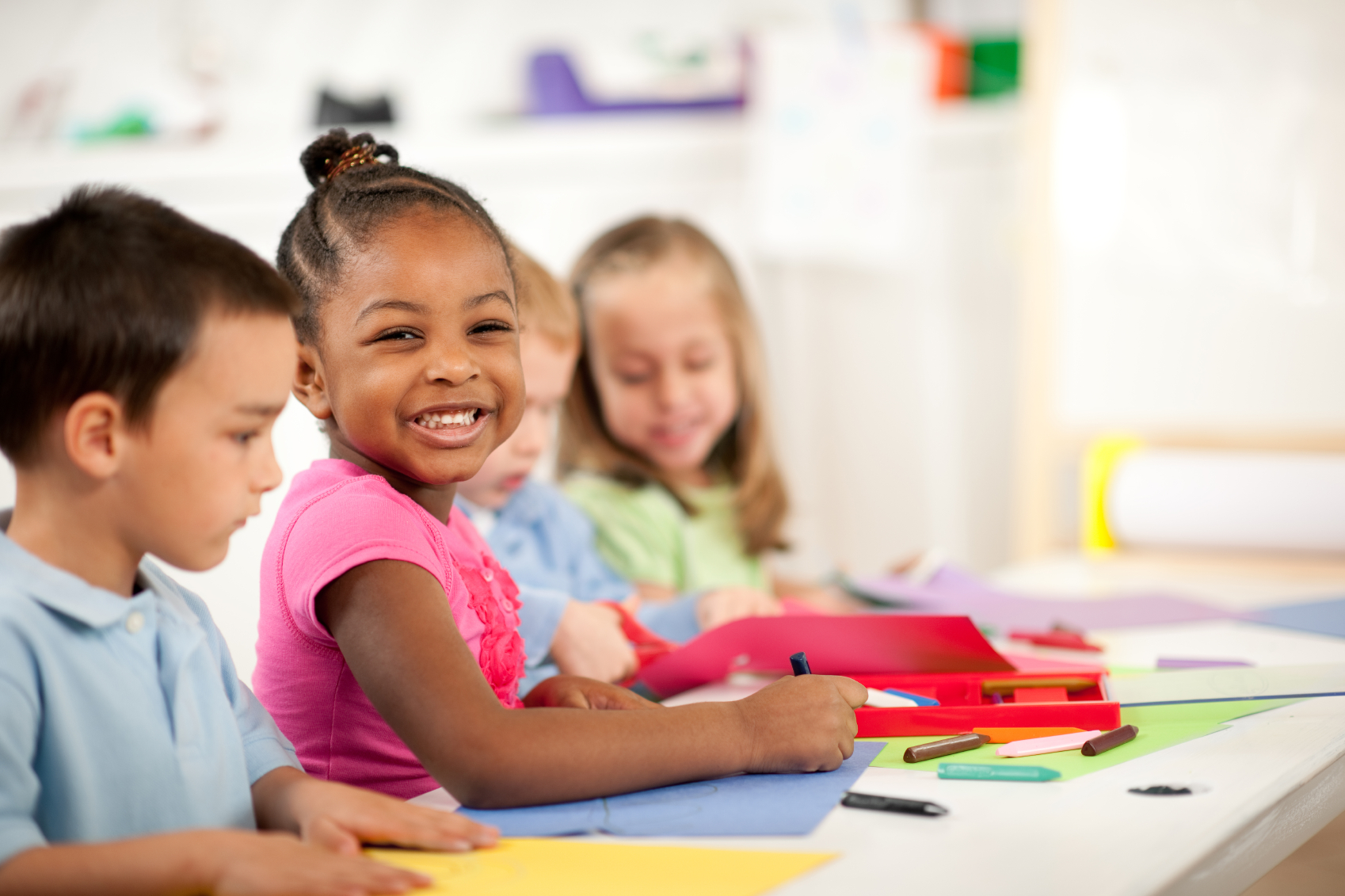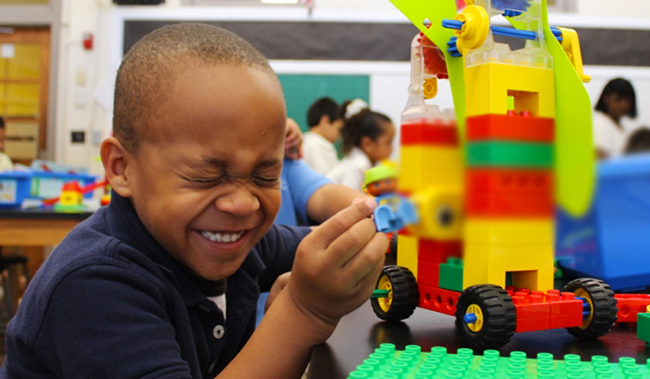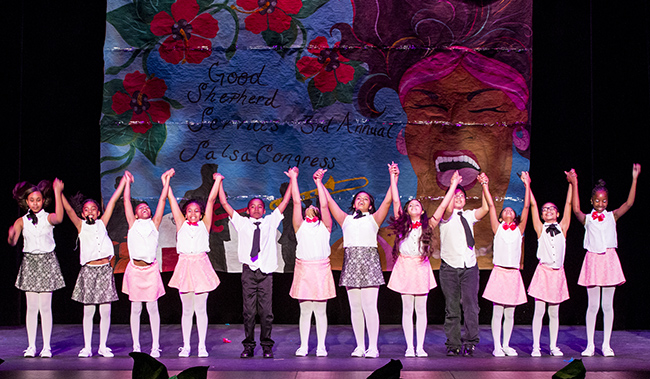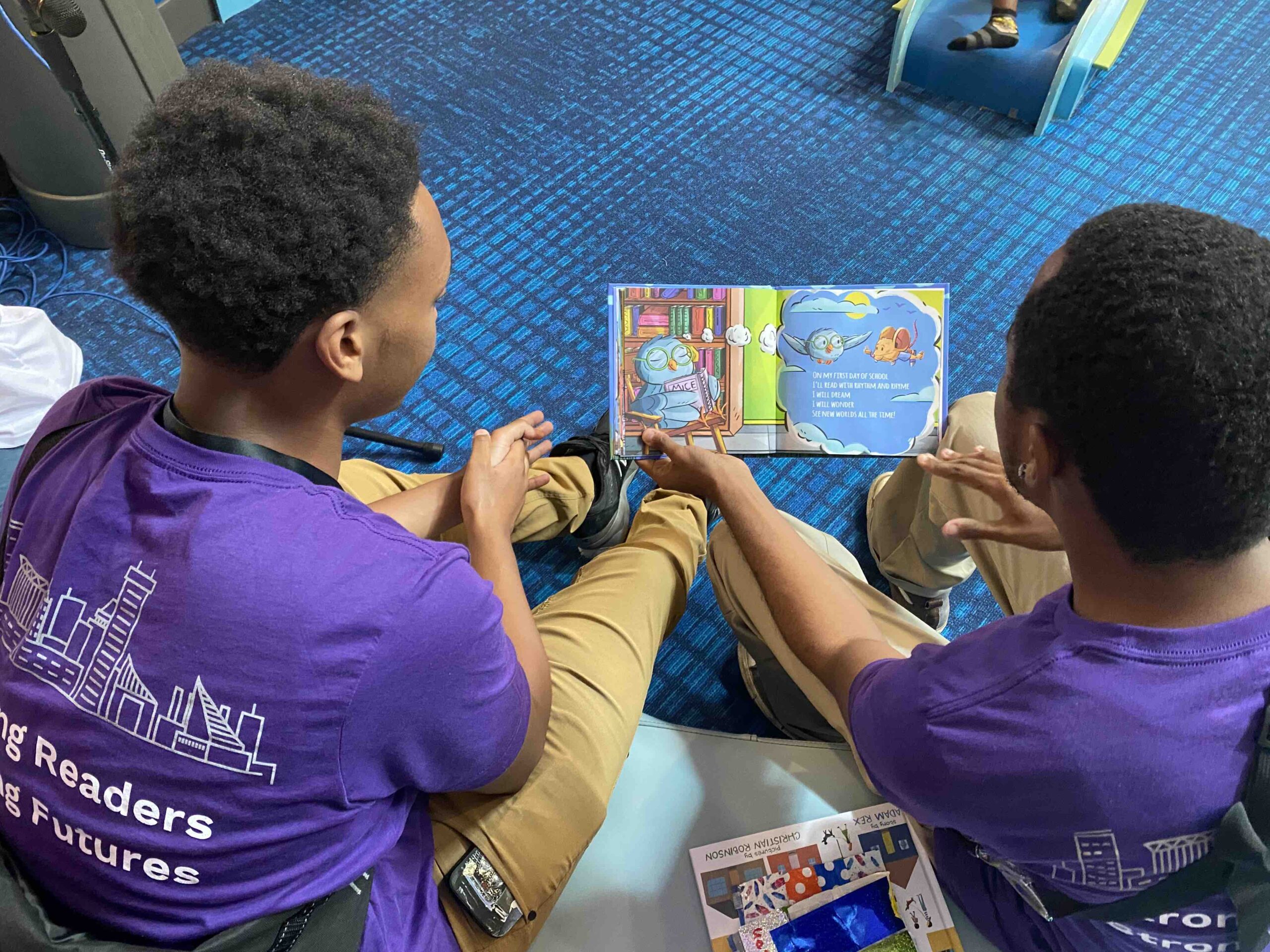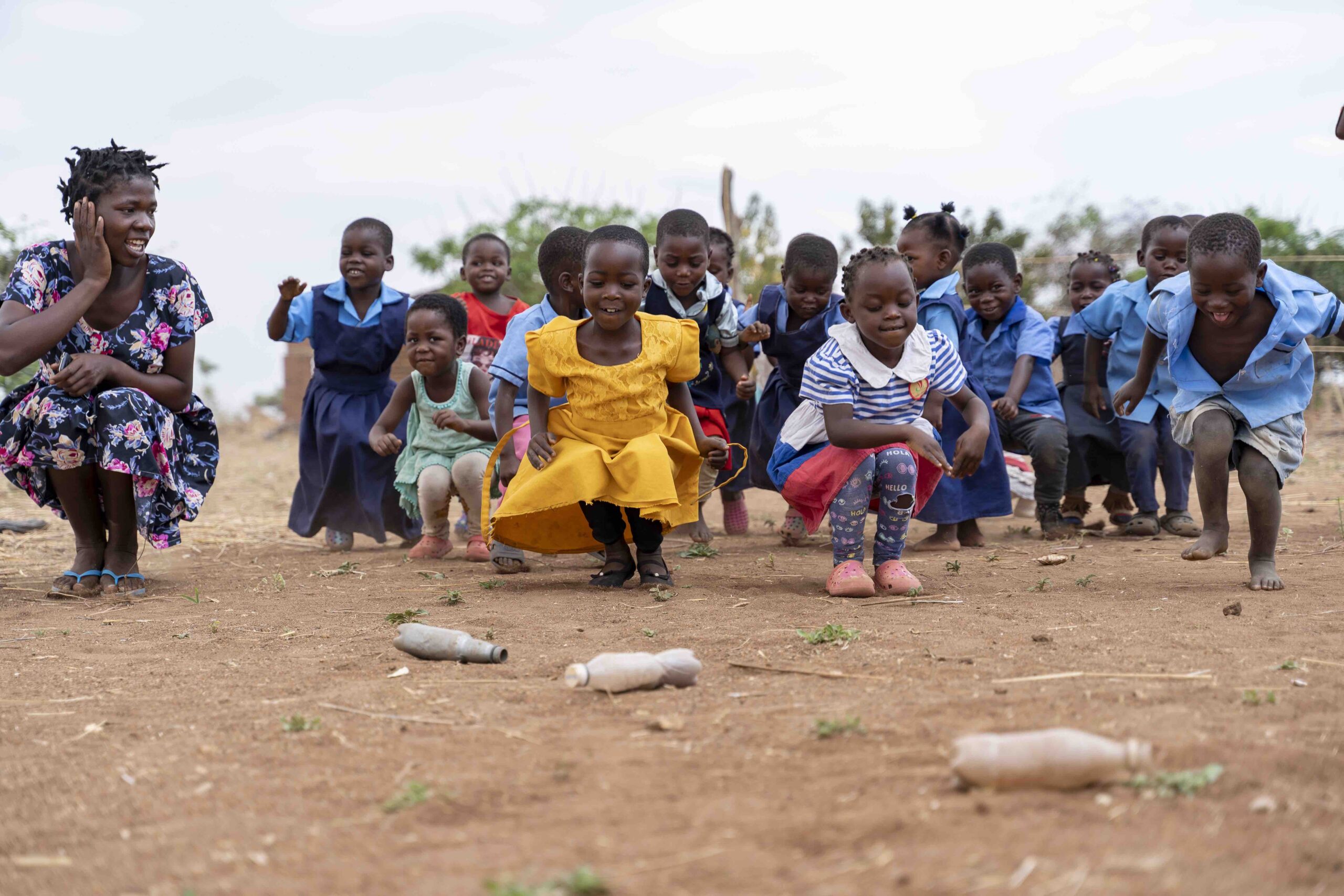Early School Success: Recover learning and accelerate gains
The COVID-19 pandemic has disrupted learning for children of all ages. For children ages 0 – 8, brain development and social and emotional learning are especially critical. Early school success predicts later school success and a host of positive life outcomes. Unless we can recover learning lost during the pandemic and accelerate gains, we risk losing a generation of children.
Here’s how you can help.
Watch Video of Webinar Launch
What Donors Can Do
Young children need a web of support to begin developing their full potential. That web of support consists of the adults in their lives — parents, caregivers, teachers, and others — who help children meet their physical, social, emotional, and academic needs. Donors can ensure early school success, by funding efforts that support the whole child, expand learning opportunities, and ensure digital equity.
Below you’ll find a description of each strategy, profiles of nonprofits and other organizations employing these strategies, plus additional nonprofits to consider.
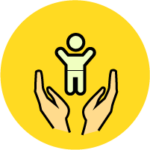
Support the Whole Child
Support the whole child by developing emotional readiness and building life skills needed for school and lifelong success. Given the scale of COVID’s negative impact on the adults in children’s lives, this includes providing multigenerational support and ensuring parents, caregivers, and families have sufficient resources and support to meet their children’s basic needs, including food, housing, health care, and safety.
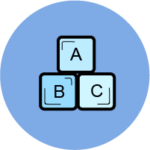
Expand Learning Opportunities
Learning happens everywhere and any time. Expand learning opportunities by extending the time and space for learning and by expanding the workforce of teachers and caregivers. COVID closed daycare centers, preschool, afterschool and summer enrichment programs, all places where young children learn and grow. There was already a gap in access to high-quality learning outside of K-12 schools. That gap has widened, as children who were traditionally underserved by out-of-school time opportunities received even less support during the pandemic.

Ensure Digital Equity
Bridge the digital divide and create an equitable learning environment by expanding access to devices, broadband, and digital literacy training for teachers, caregivers, and learners. Distance learning required during COVID made differences in digital access stark. For example, roughly 30% to 35% of Black and Latinx/Hispanic households and 20% of white households did not have the broadband access that made distance learning possible.
Here you’ll find examples of how donors, grantmakers, nonprofits, policymakers, and businesses are working to implement the evidence-based strategies we know lead to early school success. These examples serve as models for ways to recover learning loss and advance the gains needed so all children thrive.
More CHIP Guidance
2022 High Impact Giving Guide
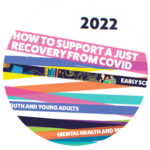 Early School Success is integral to a just recovery from COVID-19. Refer to our Mental Health & Well-Being and Basic Needs strategies for more on supporting children’s full needs, and read Sustainable Livelihoods for more ways to ensure digital equity and build the pool of teaching and childcare talent.
Early School Success is integral to a just recovery from COVID-19. Refer to our Mental Health & Well-Being and Basic Needs strategies for more on supporting children’s full needs, and read Sustainable Livelihoods for more ways to ensure digital equity and build the pool of teaching and childcare talent.
Early Childhood Toolkit
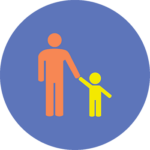 Donors can use this evergreen toolkit to learn how to create a web of support for young children and families, provide great places to learn, and prepare kids to be strong readers. Learning happens everywhere and requires support for schools and teachers, as well as parents, community members, and underleveraged community assets.
Donors can use this evergreen toolkit to learn how to create a web of support for young children and families, provide great places to learn, and prepare kids to be strong readers. Learning happens everywhere and requires support for schools and teachers, as well as parents, community members, and underleveraged community assets.
Two-Generation Lens
![]() A multigenerational approach to support young children acknowledges parents and guardians as partners in learning, as well the broad network of people and relationships needed to support child development. The guide gives donors a two- and three-generation lens for funding programs, mobilizing networks, investing and innovation, and encouraging coordination among services to support a family focus to childhood.
A multigenerational approach to support young children acknowledges parents and guardians as partners in learning, as well the broad network of people and relationships needed to support child development. The guide gives donors a two- and three-generation lens for funding programs, mobilizing networks, investing and innovation, and encouraging coordination among services to support a family focus to childhood.
Disaster Response Toolkit
![]() COVID-19 is a world-wide, long-term disaster. Donors can use disaster response strategies to provide immediate rescue and relief – i.e., to stop and stem the current learning loss – and support recovery, rebuilding, and future risk mitigation. Because of the scale of COVID-19’s effects, recovery will require coordination of players and partnerships to help communities stem and recover learning loss.
COVID-19 is a world-wide, long-term disaster. Donors can use disaster response strategies to provide immediate rescue and relief – i.e., to stop and stem the current learning loss – and support recovery, rebuilding, and future risk mitigation. Because of the scale of COVID-19’s effects, recovery will require coordination of players and partnerships to help communities stem and recover learning loss.
Supporting Mental Health & Addiction
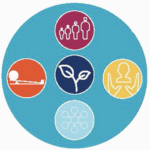 Social isolation, personal losses, and economic hardships have taken a toll on mental health for many children, parents, and families. This guidance applies strategies donors can use to support mental health during the COVID-19 pandemic and respond to effects from the disruption of education – from early childhood through post-secondary.
Social isolation, personal losses, and economic hardships have taken a toll on mental health for many children, parents, and families. This guidance applies strategies donors can use to support mental health during the COVID-19 pandemic and respond to effects from the disruption of education – from early childhood through post-secondary.

